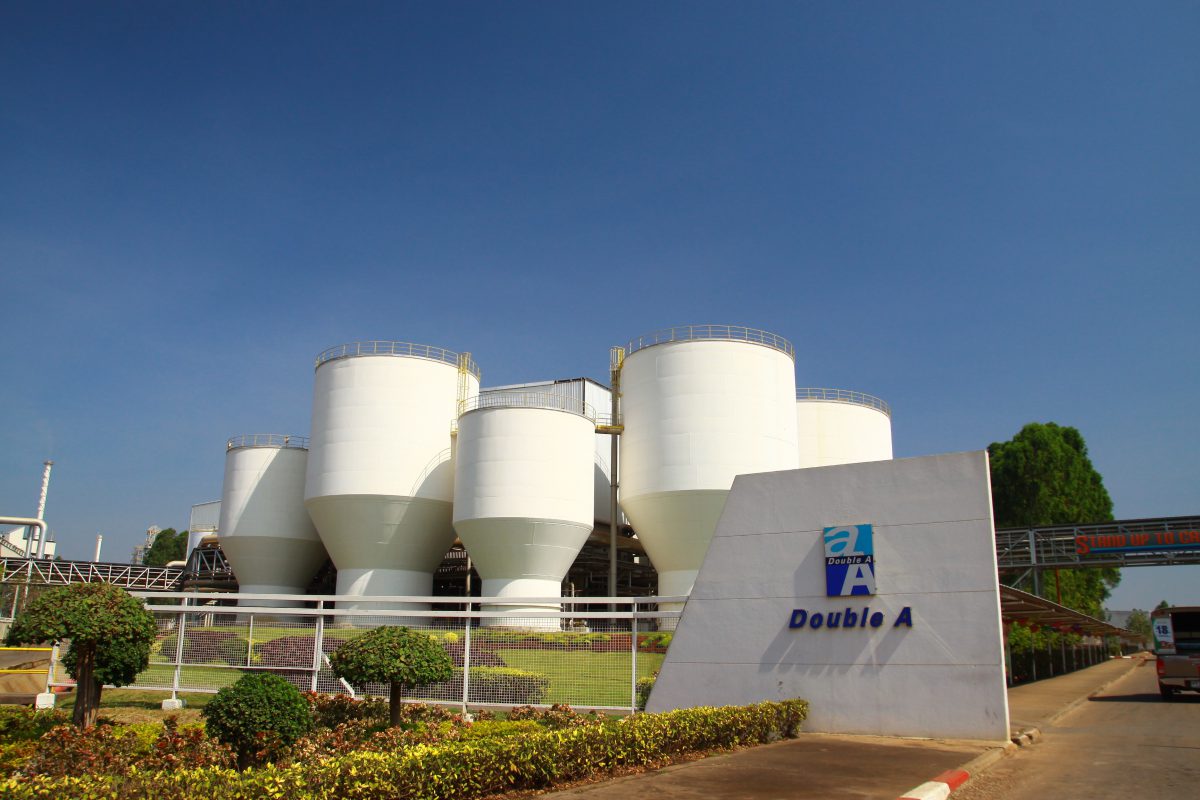When many people think about paper being made, they imagine big trees sliced into super thin sheets, but that’s not how it works. Paper is made from pulp, which comes from the cellulose in trees. Looking at the pulp industry worldwide, there are millions of jobs and hundreds of billions of dollars made globally to make paper products. The basic process of turning trees into a pulp is important for making all different types of paper products from tissues to toilet paper. The pulp industry is ancient but also modernized with innovation that incorporates sustainable and environmentally friendly sourcing and manufacturing processes.
History of Paper
Today’s paper was born in China, over 2,000 years ago. In Europe and other parts of the world, many people could not read or write, so there was not a large demand. If something needed to be written down or documented, it was often written on dried animal skins. As literacy caught on and education became more formalized, the demand for paper grew. In the 1440s, the Gutenberg printing press was invented, creating a way to print the written word onto sheets of paper, to develop modernized books and newspapers. Printing a book is significantly faster than writing one by hand. Paper flourished and became a fundamental part of everyday life.
Related: The Most Common Questions We Hear from Commercial Print Shops
From Pulp to Paper
In order to make paper, the fibers from wood must be separated from their natural glue. After the glue is removed, the fibers are turned into a soup, and the natural glue is added back along with special chemicals. The pulp is pressed to get rid of the water and then turned into one huge sheet of paper. After it’s dried, it can be processed to have specific qualities like water resistance or texture. It is then shipped out to facilities where it is turned into paper and paper products.
The process of turning trees into paper hasn’t changed very much since the 1800s. Nicolas-Louis Robert created the modern method of paper production. Before this, paper was produced, sheet by sheet, making it more expensive as the process took more time. Robert discovered a way to make one massive piece of wet paper that could then be dried and cut into many different sheets. This method allowed paper machines to be built. Technology has advanced the process, making paper production more efficient and mainstream.
Read also: 6 Ways the Quality of Double A Outperforms Competitors
Overview of the Pulp Industry Worldwide
In the United States alone, the paper and forest product industry supports 2.5 million jobs with over 235 billion dollars in sales according to the American Forest and Paper Association. According to CPEI statistics, the members of the Confederation of European Paper Industries supply 22 percent of the worlds’ paper and paperboard, with over 81 billion dollars in sales. There is over 37.2 million tons of pulp produced. Double A has led the way with a new challenge to make pulp and paper as high-quality and sustainable as possible. Often recovered pulp is recycled and turned into different types of paper. Many types of paper can be recycled to save resources. The paper industry is not exempt from global manufacturing regulations regarding carbon output and the society-driven change towards eco-friendly goods.
Paper starts with trees but is made possible through pulp. The pulp industry takes the fibers from trees and turns them into a usable paper-base that can be turned into many different paper products from packaging to paper plates. Millions of people are employed worldwide, and billions of dollars in revenue are created. The idea of an easy way to document stories, draw, or wrap food has turned into an entire industry to develop paper-based products.

